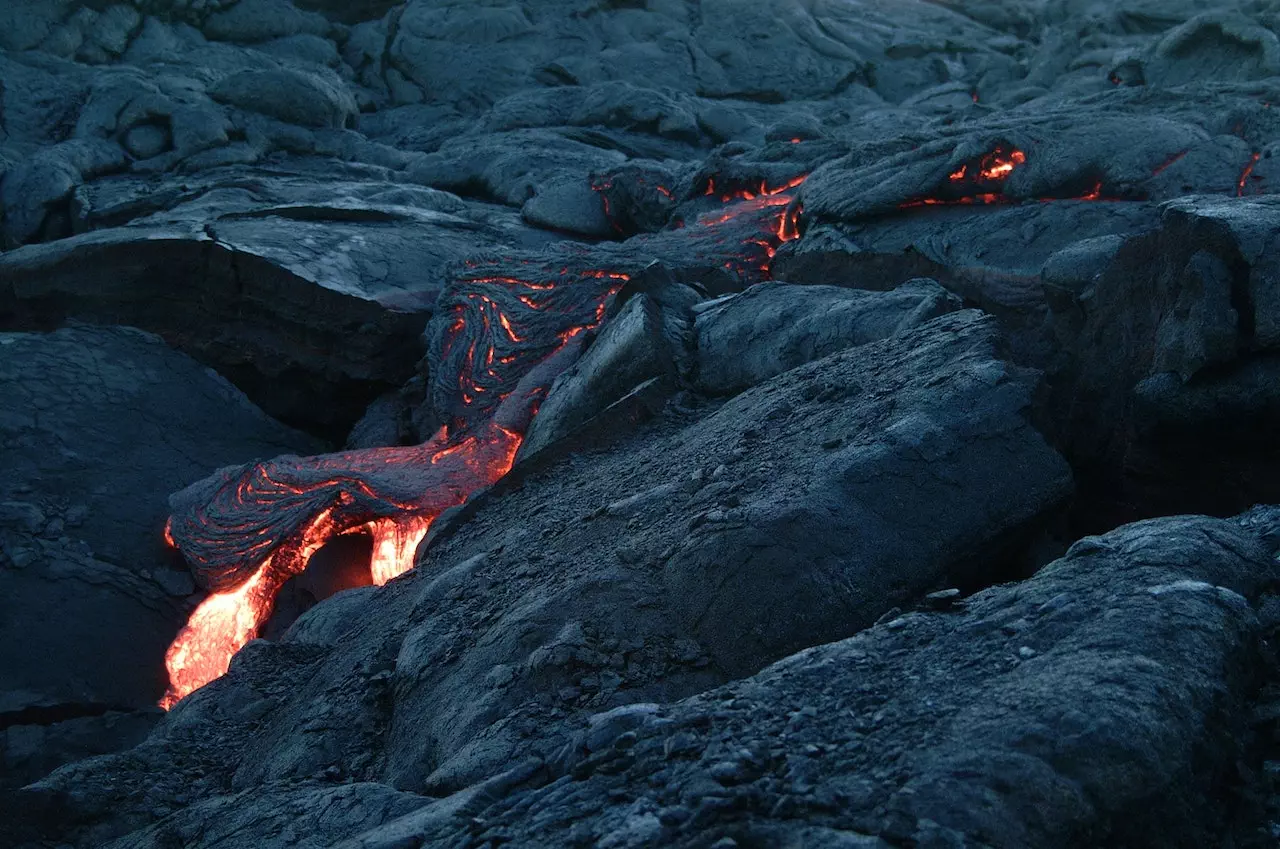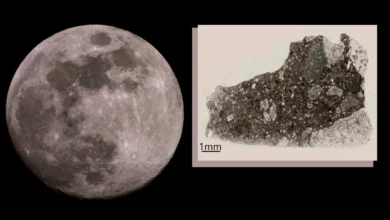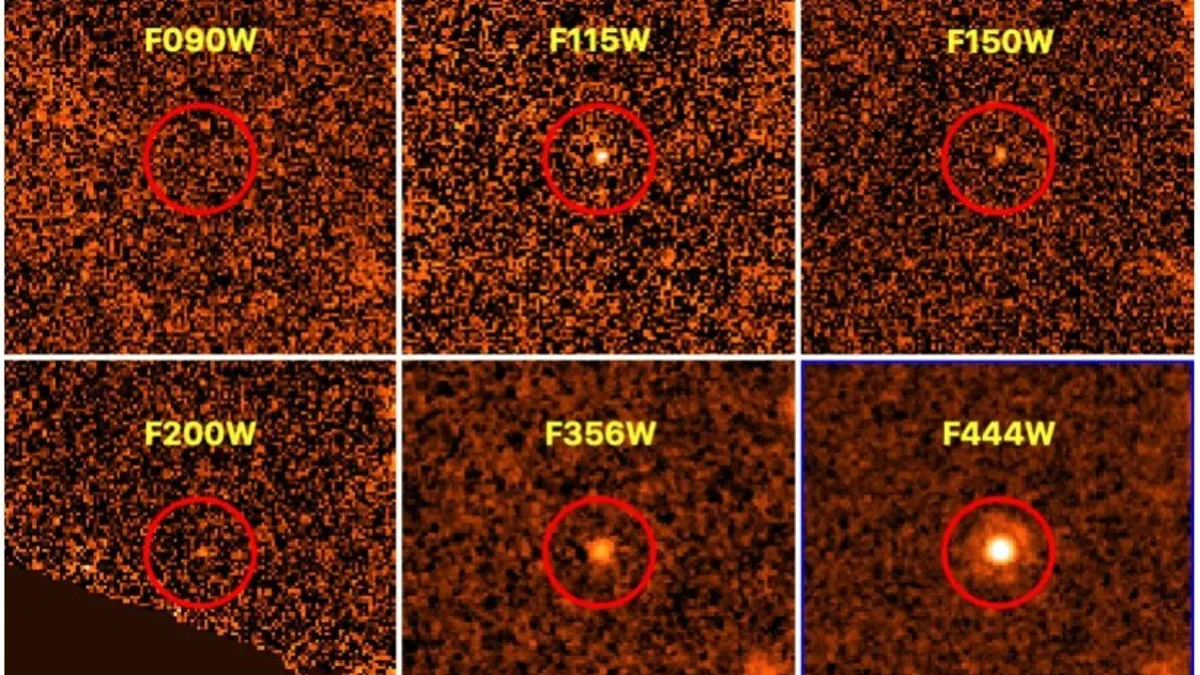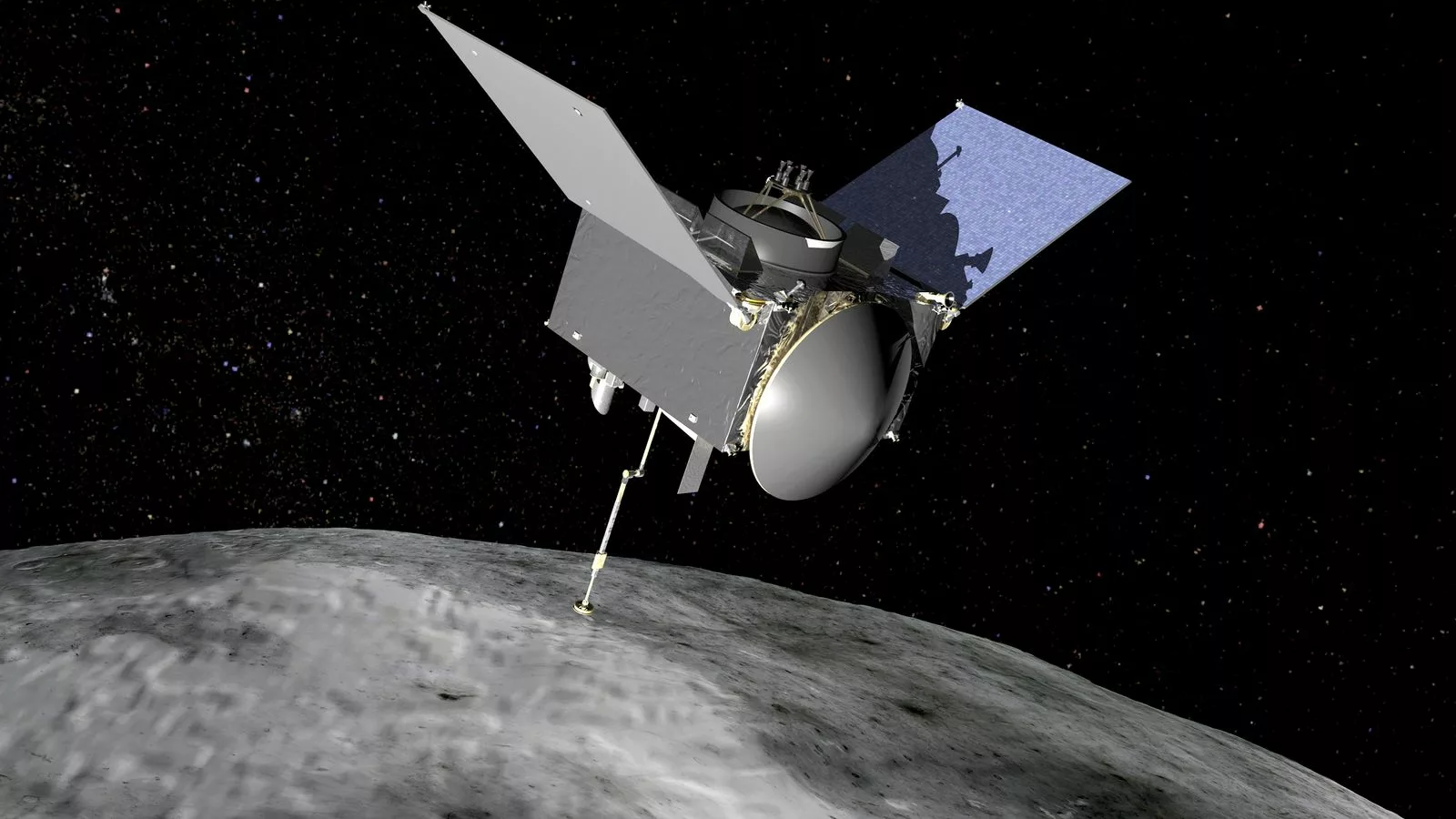
James Webb’s discovery of new lava worlds is an addition to what we have witnessed as an astronomical boom in the discovery of planets outside our solar system.
As we learn about these interesting celestial bodies, our knowledge of the universe continues to expand. The total number of so-called exoplanets has now exceeded 5,000, and among them, there is one common type: lava worlds.
Imagine a hot terrestrial planet filled with oceans of liquid lava and an atmosphere that remains a mystery.
Shortly after receiving his doctorate, Mantas Zielinskas developed models to simulate the possible atmospheres of these mesmerizing worlds. His findings are set to guide astronomers using the James Webb Space Telescope in their quest to gain more information about these exoplanets.
Related Article: James Webb discovers ‘celestial monster’ stars
What are these lava worlds?
Unlike the eight planets in our solar system, these are exoplanets—much larger than Earth—and orbit so close to their parent star that they are surrounded by lava-filled oceans.
Then there are the hot Jupiters, massive gas giants that inhabit more of their parent star than Mercury does to the Sun.
“We know very little about these distant worlds,” Zielinskas says. “Astronomers can estimate some features based on mass, radius, and distance from the parent star. But that doesn’t give a complete picture.”
To gain deeper insights into their atmosphere, astronomers use spectroscopy, a method of measuring light from the parent star as it passes through an exoplanet’s atmosphere, creating a unique color-based fingerprint that indicates what materials are in the atmosphere.
However, detecting fingerprints is a difficult feat. This is where Zielinskas uses mathematical models to predict how certain properties will translate into observations.
Related Article: Waters Surrounding Rare Comet Discovered by JWST
Telling astronomers what to look for and what it can tell them about exoplanets
“Calculate what astronomers might observe,” he says. “The purpose of my simulations is to tell astronomers what to look for and what it can tell them about exoplanets.”
Zielinskas focused on lava worlds during his Ph.D. research, particularly their observation using the James Webb Space Telescope, launched in late 2021.
“We think that silicate-rich gases could evaporate from lava oceans to form a thin, friable atmosphere,” he explains. “We are trying to predict the chemical composition and important properties of those atmospheres, such as temperature changes, and how that affects the light spectrum.”
Zielinskas used one-dimensional models that assume that the most prominent chemical changes occur vertically—from top to bottom—rather than horizontally. “One-dimensional models allow us to investigate many different configurations of the atmosphere,” he explains.
Related Article: Extreme Seasons of Uranus Unveiled by JWST
His simulations suggested that the James Webb Space Telescope could observe the atmospheres of lava worlds—if they exist. “It also showed how much this space telescope represents a big step forward,” Zielinskas adds.
As the telescope continues its exploration of exoplanets, including captivating lava worlds, Zielinskas hopes to earn a Ph.D. The research will pave the way for future observations of these other-worldly atmospheres. So buckle up, space enthusiasts, as we delve into the mysteries of the universe!








